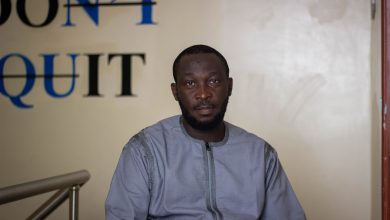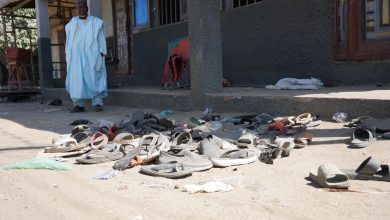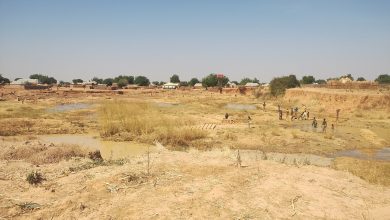Mapping the Dangerous Enclaves of Lakurawa Terrorists in North West Nigeria
A terrorist group has gained notoriety on the shores of Sokoto state after several years of covert infiltration and recruitment. Spreading cancerously to other states in the northwestern region, they have taken control of some fragile communities in the state, violating human rights and imposing corrosive doctrines on citizens.
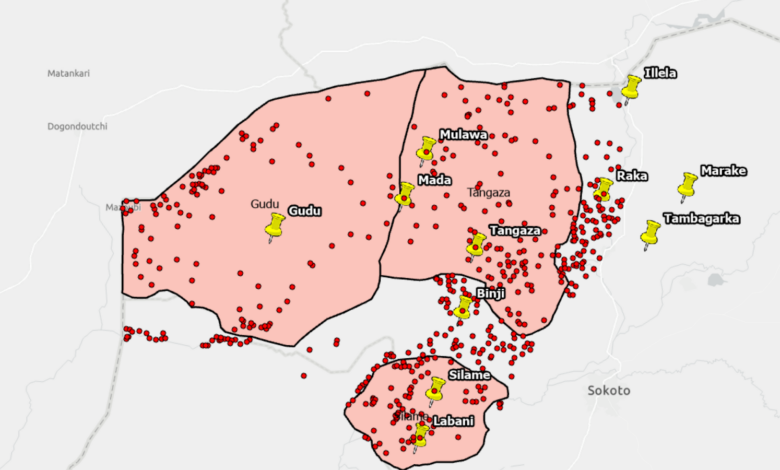
Authorities in Sokoto called them a new terrorist group, even though they had existed for more than six years. When they infiltrated the state, helpless and unsuspecting villagers saw them as angels sent down to wipe out rural terrorists. On Nov. 6, the Sokoto government officially announced the existence of the Lakurawa terrorist group, raising an alarm over its deadly tendencies in parts of the state.
The defence headquarters would later confirm the state report, declaring the Lakurawa terrorist leaders wanted. The news made disturbing waves on social media, with concerned Nigerians worried about the safety of civilians. Sadly, a few days after these announcements, the terrorists struck in neighbouring Kebbi state, killing 15 people and displacing several others.
For over six years, the criminal organisation operated in an immersive fashion in different areas of Sokoto state, including Tangaza, Gudu, and Binji. They played on the emotion of a people desperate for protection against roving terrorists. Just when the people thought they had found new saviours, the Lakurawa introduced their radical ideologies and activities, putting civilians in a more difficult situation. Now, they do worse than the existing rural criminals, killing unarmed villagers, attacking security agents, taxing farmers, herders and traders and imposing radical Islamist rules.
In a region already plagued by many terror groups, the foreign-linked Lakurawas appear to be greater threats to ordinary people. Locals say they fear a resurgence of a group similar to the deadly Boko Haram. The Arewa Consultative Forum, a group of concerned citizens from Northern Nigeria, have shown concern about the group, asking authorities to uproot them lest they pose more threats to human existence in the region.
“Lakurawa, at this early stage of its emergence, must not be tolerated or allowed to entrench itself in our communities through benign neglect or kid-glove treatment, as was the case with Boko Haram insurgency, farmer-herder clashes, and banditry in the northeast, north-central, and northwest regions, respectively,” the group said in a statement.“This is the moment for our security agencies to act swiftly and decisively, using all available human and material resources without hesitation. We must leave no one in doubt about the national resolve to deal decisively with any threat to Nigeria’s peace and stability.”
For what it is worth, concerned citizens have asked several questions about the geography of the Lakurawa and the danger the people caught up in their enclaves face. HumAngle has answered some of these questions using geographical information systems (GIS), on-the-ground reporting, and human intelligence from the affected areas.
HumAngle had previously reported the infiltration of terrorists from the neighbouring Niger Republic in the northwestern region of Nigeria and how it has compounded existing violence. We also analysed the underestimation of the Lakurawa terrorists, who had infiltrated Nigeria through the Niger Republic only to become a thorn in the flesh of authorities.
Where are the most vulnerable communities, towns, and states, and how have they suffered terrorism in the past? How have the porous transborder infrastructures aided the inflow of these terrorists into Nigeria?
The geography of the Lakurawa terrorists
The Lakurawa criminal gang has been active in at least nine areas across three local governments —Tangaza, Gudu, and Silame — in Sokoto state, as well as in Marake and Illela localities near Zamfara. These towns are situated in the porous borders of Sokoto state, enabling armed groups to cross freely between Nigeria and Niger Republic. Once over the border, they establish camps in the region’s expansive bushland. Although the areas are within the Sudan savannah, they contain dense forests and ungoverned spaces that provide cover and concealment to the terrorists in the region. A similar situation occurred in Sambisa, a forest area connecting multiple communities in Borno state.
From a geographical perspective, however, these three local governments have always been vulnerable to transnational criminals, making it unsurprising that they are affected. Historically, similar ungovernable areas in this region have been targeted by terror groups. This is why the Lakurawa were initially enlisted to guard communities but have since adopted methods and goals similar to the enemies they once opposed.
In such cross-border insurgencies, affected localities are typically positioned along indistinct frontiers across states. In this case, Gudu is only three kilometres from the national boundary, and Tangaza is eight kilometres away. Although Silame is over 50 kilometres from the border, its proximity to Tangaza and Gudu has led to spillover impacts. As the Lakurawa terrorists settle further into these areas, their presence has gradually extended into neighbouring Zamfara state.
This development signals a growing reach for the Lakurawa group, pushing the crisis into additional communities. An extensive satellite investigation by HumAngle shows that as many as 500 locations, including villages, farming hamlets, and isolated settlements close to these affected areas, may experience direct attacks from the group in the coming weeks, months, or even years — depending on the group’s growth trajectory.

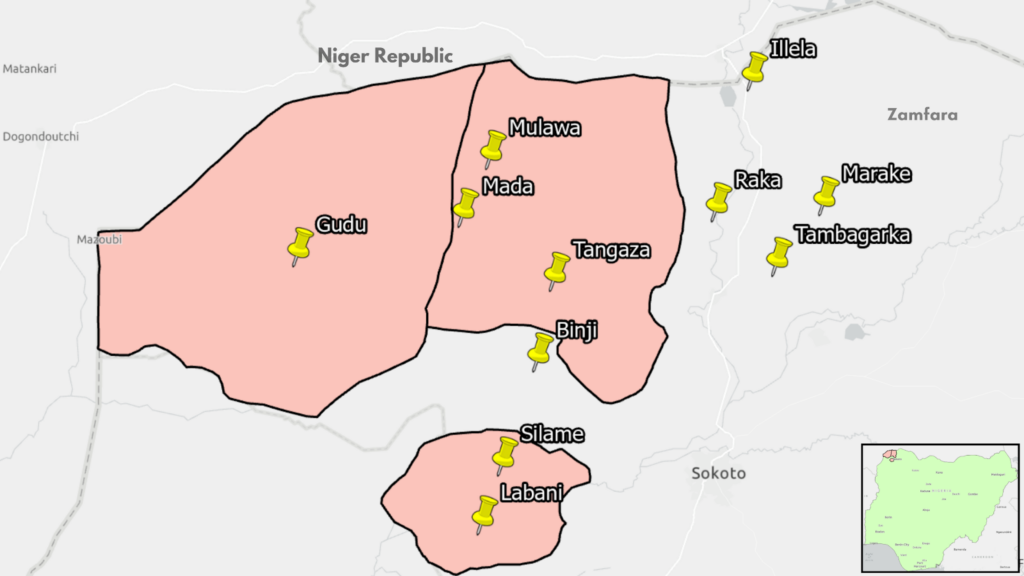

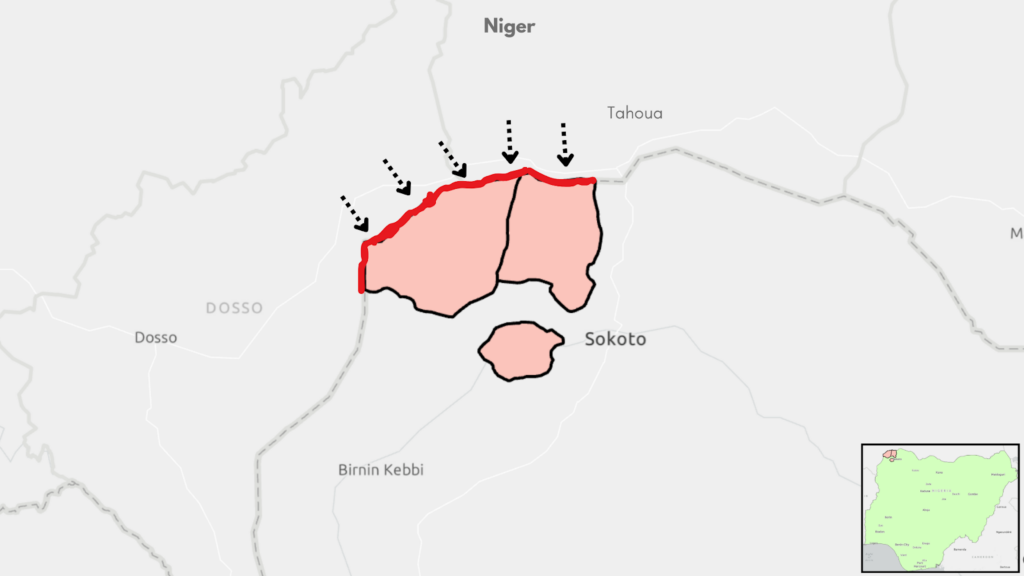
The red zones
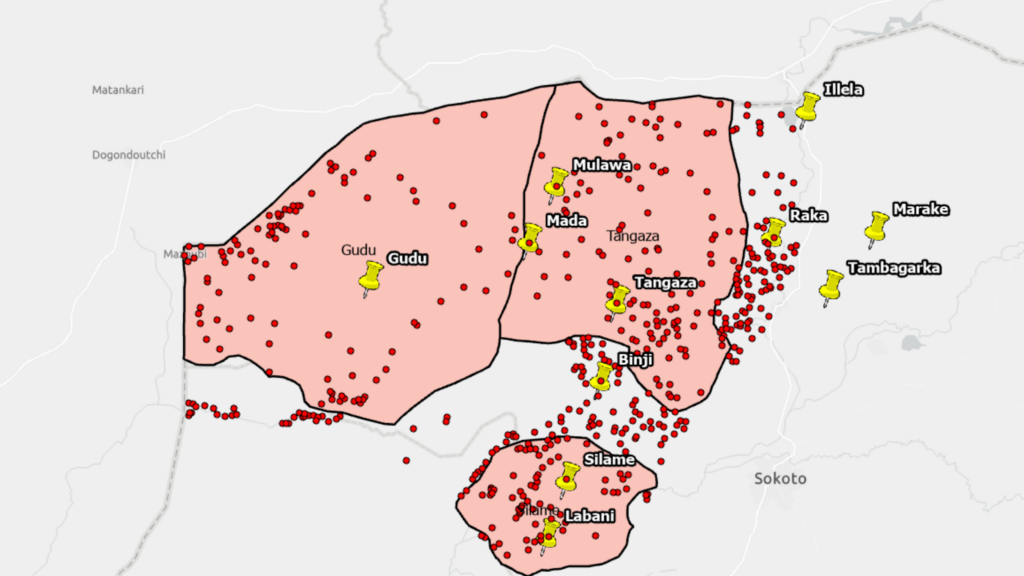
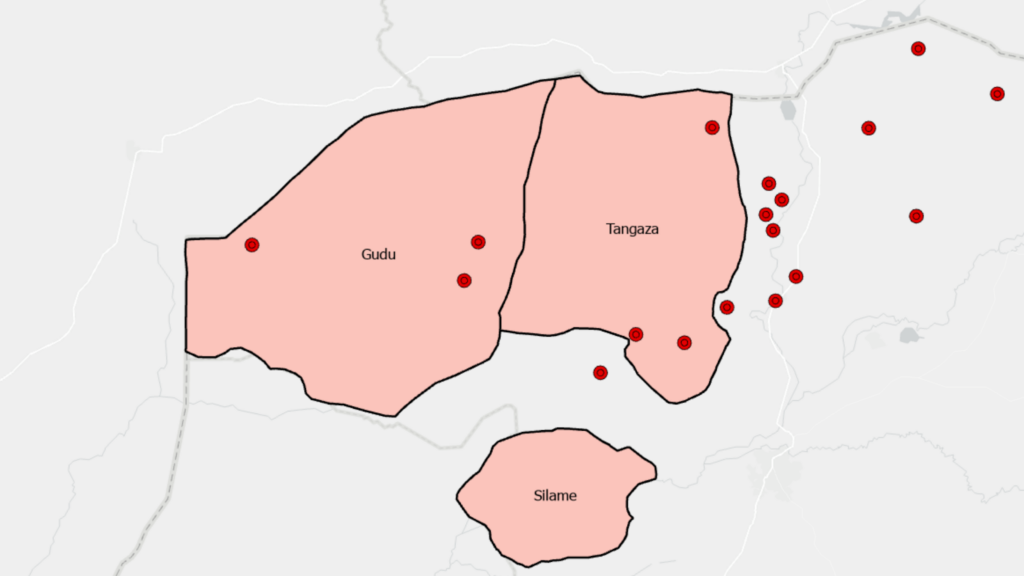
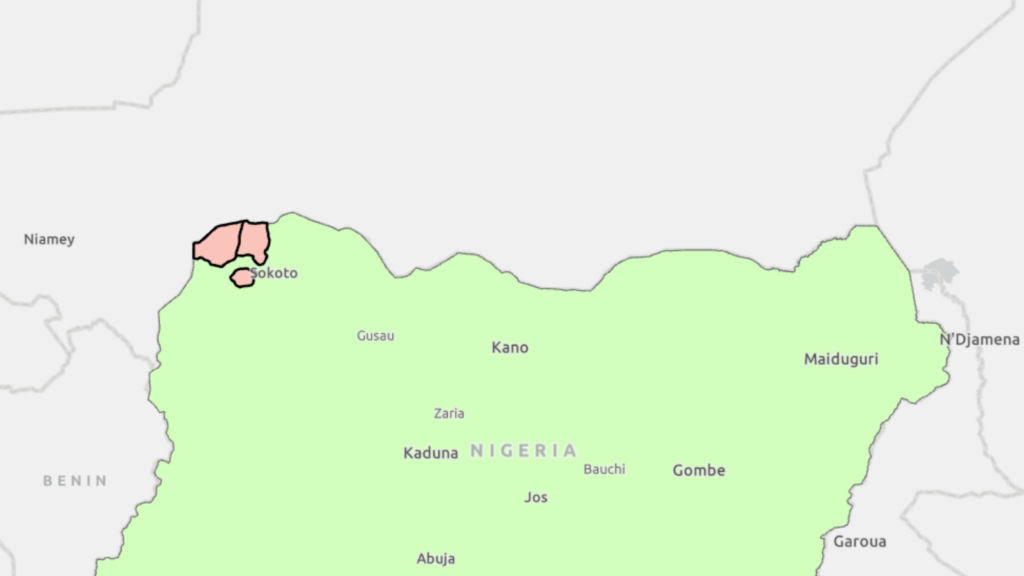
However, our geospatial analysis reveals a dire security situation about the conflict in this region, with at least 33 attacks across 14 locations this year alone. Most of these violent incidents were perpetrated by unaffiliated armed groups or local militias. However, the recent emergence of Lakurawa, a named group, signals a potentially more organised and structured threat. This development hints at a shift towards a more sophisticated and coordinated extremist presence, which, if not checked, may grow to tow the lines of established groups like Boko Haram and Indigenous People of Biafra (IPOB).
Authorities in Sokoto State announced the presence of the Lakurawa terrorist group, which has been active for over six years, deceiving residents into believing they were protectors against rural terrorists. The group's violent actions, including attacks in neighboring Kebbi State and imposing radical Islamist rules, have alarmed locals and raised fears of a resurgence similar to Boko Haram.
Operating in the states of Sokoto and Zamfara, the Lakurawa utilize the porous Nigeria-Niger Republic border, establishing bases in ungoverned areas and posing substantial threats to civilians.
The Arewa Consultative Forum urged swift and decisive governmental action to address this growing menace. Lakurawa's emergence highlights vulnerabilities worsened by transborder infrastructures and ineffective border patrols.
Despite initial perceptions, the group's escalating attacks threaten regional stability in potentially over 500 affected locations, emphasizing the necessity for robust security measures to prevent them from evolving into a structured extremist organization.
Support Our Journalism
There are millions of ordinary people affected by conflict in Africa whose stories are missing in the mainstream media. HumAngle is determined to tell those challenging and under-reported stories, hoping that the people impacted by these conflicts will find the safety and security they deserve.
To ensure that we continue to provide public service coverage, we have a small favour to ask you. We want you to be part of our journalistic endeavour by contributing a token to us.
Your donation will further promote a robust, free, and independent media.
Donate HereStay Closer To The Stories That Matter

